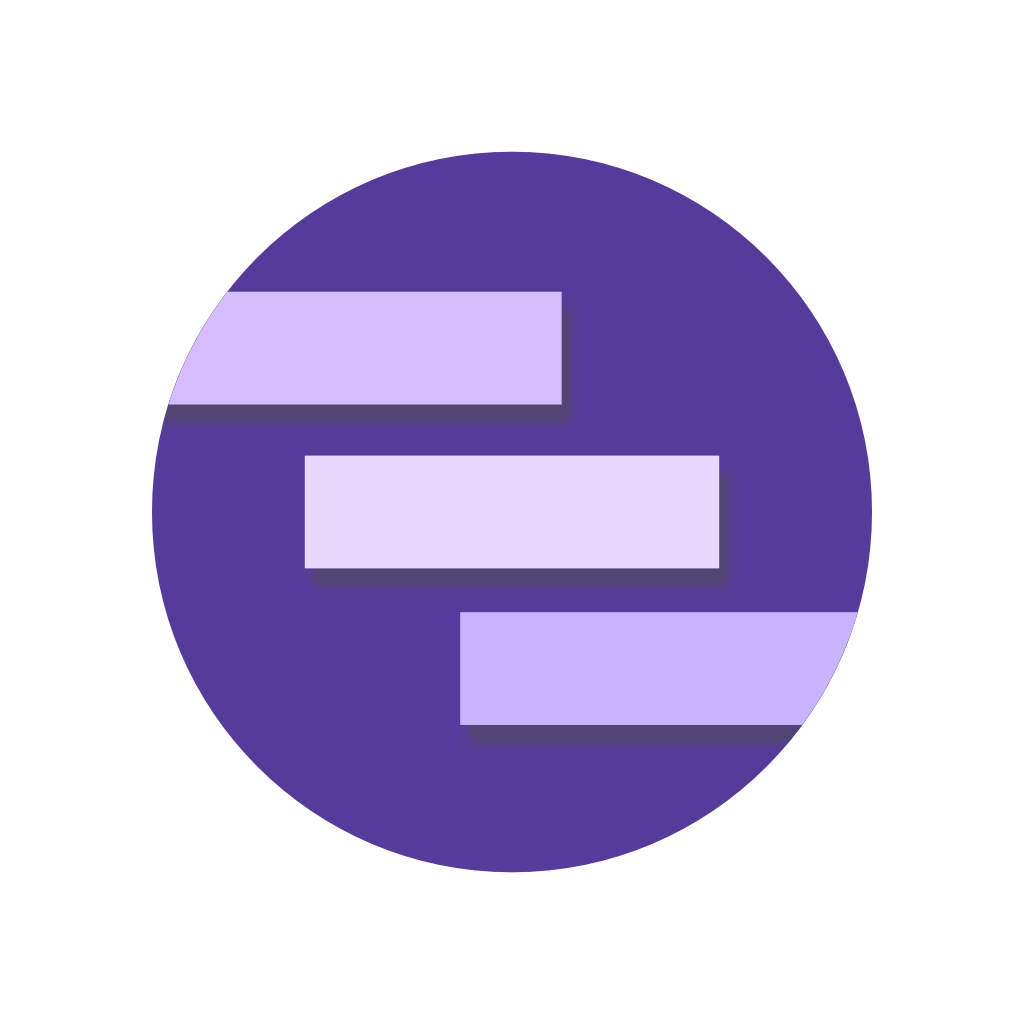Displaying a Notification
Display your first cross-platform notification with Notifee.
Notification Title & Body
Notifications in their basic form contain a title and a main body of text. Let's go ahead and display a
basic notification inside of a React Native app when a button is pressed. Import the library and display a basic view with a Button:
import React from 'react';
import { View, Button } from 'react-native';
import notifee from '@notifee/react-native';
function Screen() {
return (
<View>
<Button title="Display Notification" onPress={() => {}} />
</View>
);
}
Now the button is in place, create a function to handle the button press and display a notification:
function Screen() {
async function onDisplayNotification() {
// Request permissions (required for iOS)
await notifee.requestPermission()
// Create a channel (required for Android)
const channelId = await notifee.createChannel({
id: 'default',
name: 'Default Channel',
});
// Display a notification
await notifee.displayNotification({
title: 'Notification Title',
body: 'Main body content of the notification',
android: {
channelId,
smallIcon: 'name-of-a-small-icon', // optional, defaults to 'ic_launcher'.
// pressAction is needed if you want the notification to open the app when pressed
pressAction: {
id: 'default',
},
},
});
}
return (
<View>
<Button title="Display Notification" onPress={() => onDisplayNotification()} />
</View>
);
}
When the button is pressed, we perform three tasks: requesting permission, creating a channel & displaying a notification.
Requesting permission is required for iOS as notifications are disabled by default. You need to ask the user to enable notifications by calling requestPermission before displaying any notifications.
To learn more about requesting permissions, view the iOS Permissions documentation
Channels are an Android-only concept used to categorize and allow users to control how notifications are handled
on their devices. Channels are created with sensible default settings and are created or updated each time a
call to createChannel is performed, so it is safe to keep calling this method.
Once the channel has been created, the displayNotification method is called passing in a title and body. The required
channelId is also passed inside of the android property object to assign the notification to the channel. On iOS
platform, the call to createChannel resolves instantly & gracefully (iOS has no concept of a channel), then calls displayNotification.
In addition to channels, small icons are an Android-only concept and are required to display a notification. If no icon is specified, Notifee will fallback to the default launcher icon (ic_launcher).
To learn more about channels and small icons, view the Android Channels and Small Icon documentation.
Go ahead and press the button! A notification icon will appear on your device and will be visible when pulling down the notification shade.
Updating a notification
When notifications are created, a random unique ID is assigned to them. These IDs can later be used to update any
notification which is still present on the user's device. It is also possible to provide a custom notification ID by passing
a string value to the id field inside of displayNotification:
async function onDisplayNotification() {
const channelId = await notifee.createChannel({
id: 'default',
name: 'Default Channel',
});
// Required for iOS
// See https://notifee.app/react-native/docs/ios/permissions
await notifee.requestPermission();
const notificationId = await notifee.displayNotification({
id: '123',
title: 'Notification Title',
body: 'Main body content of the notification',
android: {
channelId,
},
});
// Sometime later...
await notifee.displayNotification({
id: '123',
title: 'Updated Notification Title',
body: 'Updated main body content of the notification',
android: {
channelId,
},
});
}
When updating a notification, you must pass a brand new notification options payload to displayNotification, rather
than the specific property you want to update.
Cancelling a notification
There may be situations whereby you wish to cancel and remove the notification from the device, for example the notification is no longer relevant or has expired.
To cancel a notification, the cancelNotification method can be called with the unique notification ID which was used
when created:
async function cancel(notificationId) {
await notifee.cancelNotification(notificationId);
}
It is also possible to cancel a notification with a tag:
await notifee.cancelNotification(notificationId, tag);
Please note that on Android, a cancelled notification may briefly show up in future calls to getDisplayedNotifications. This appears to be a limitation of the platform in that cancel seems to be asynchronous but return immediately. See the related issue for more information.
